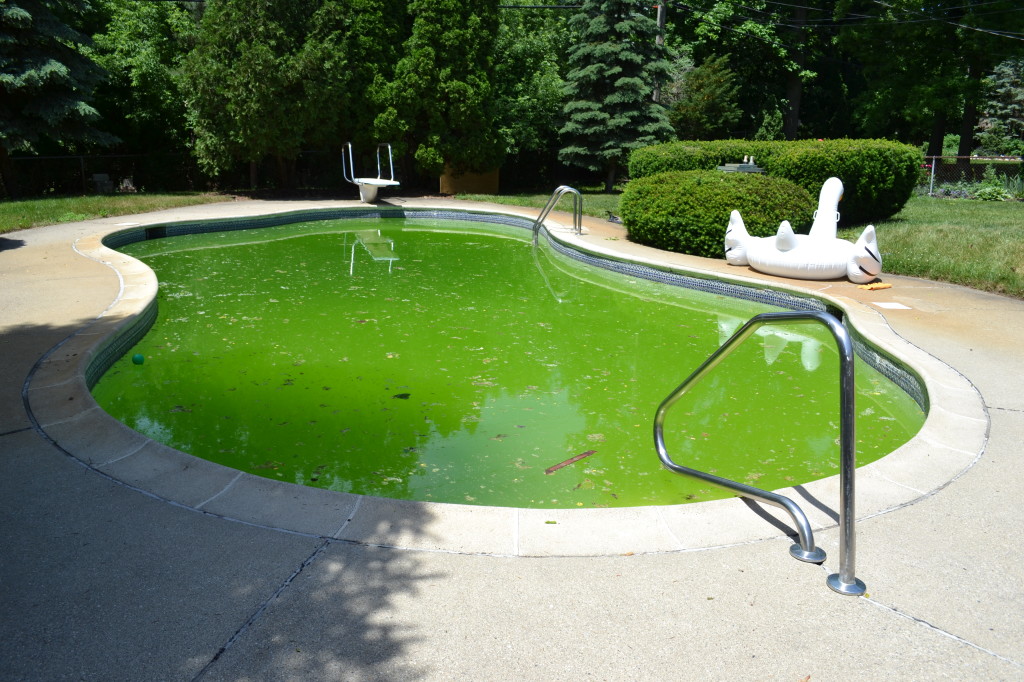Algae is among one of the most common problems faced by pool owners. There are over 20,000 known species of algae- and boy do they love sunlight! This unfortunately means pool owners have to keep on top of their algae growth in order to keep a sparkling pool.
You may be wondering, what even is algae? Good question. Algae are groups of non-flowering plants. They thrive in water, sunlights, and warm conditions. Their appearance can vary from green, brown, yellow, or black. It typically thrives in the corners and steps of your pool-places that circulation is limited.
Algae can be difficult to remove because even if you remove the algae off the surface of your pool, chances are you didn’t get the root out. That means it is very likely to grow back.
Algae can impact your water chemistry. For this reason, it is very important to keep on top of your water maintenance to keep algae from blooming in the first place. It can break down bicarbonates in water, causing the pH levels to raise significantly and adding alkalinity at the same time.
Different Types of Algae:
- Green Algae: This is the most common algae. It grows as slime on your pool and spa surfaces. It usually shows up first on the steps of the poor or in corners in very small patches. Green algae can be deceiving because it may appear as a small amount at first, then quickly grow over night in the right conditions. The green slime can be removed by brushing but like stated above, that does not necessarily remove the plant. The best option is superchlorination.
- Yellow Algae: Because of its brownish yellow color, this algae is sometimes called ‘mustard algae’. It grows slower than green algae, but it is much harder to treat. Brushing mustard algae has very little affect on it. It might remove the outer slimy layer and enable the chlorine to better reach the undergrowth. Similar to green algae, the ideal treatment is superchlorination combined with superb maintenance.
- Pink Algae: Pink algae isn’t actually an algae, but rather, a fungus. This appears as a red-colored slime at the water line and can be easily removed with brushing and normal sanitizing.
- Black Algae: This is the most difficult algae to remove. It is usually black in color, and it sometimes can be a very dark green. This has to be specially treated by superchlorination as well because its roots can be much deeper than just the surface level of your pool.
If you’re worried about algae blooms in your pool, no need to fear. Regularly scheduled maintenance is the best thing you can do. It will prevent opportunities for algae to bloom. High pH and low chlorine levels can be perfect conditions for algae to thrive.
It is recommended that you use algaecides as well as normal sanitizer.
